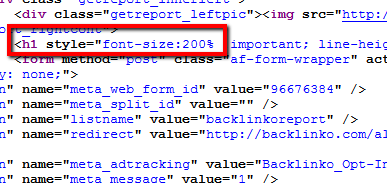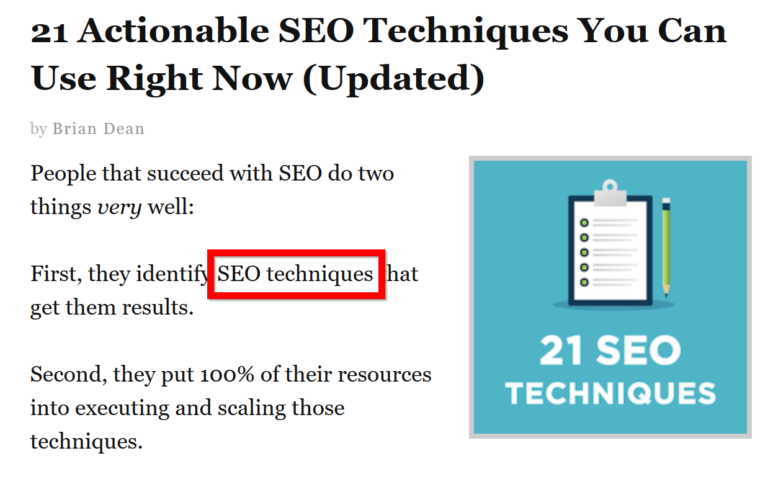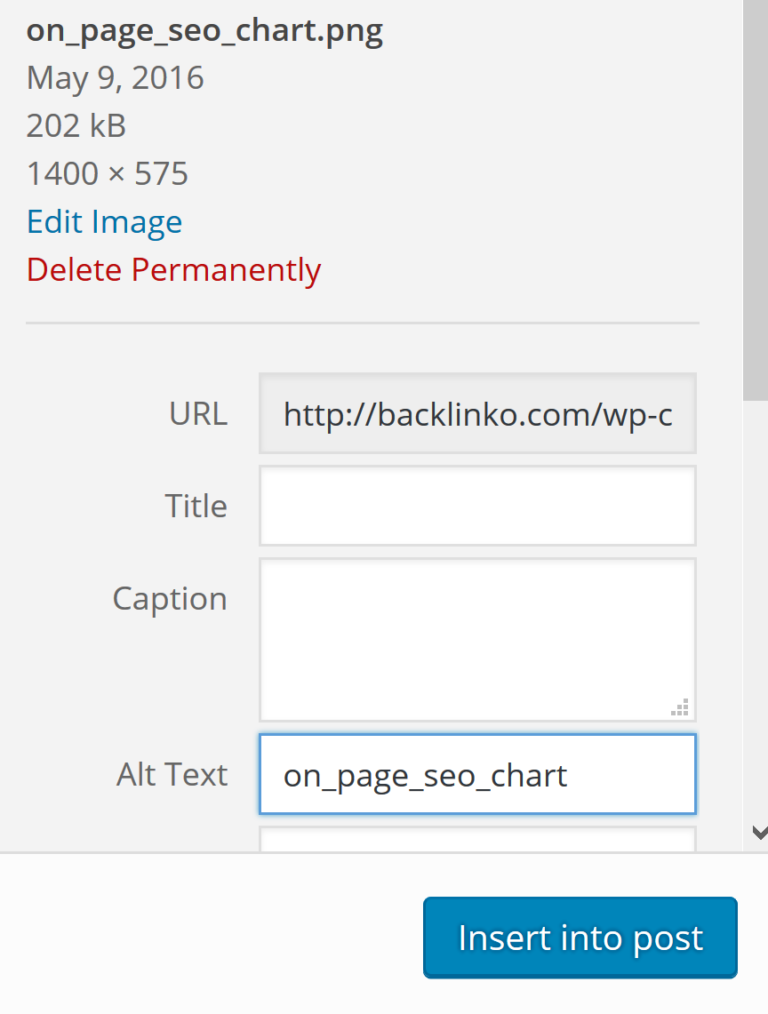SEO tips and tricks to promote website in 2017
Wrap Your Website Post Title within an H1 Tag
The H1 tag is your headline tag” that is “. Most CMS’s (like WordPress) automatically add the H1 tag to your blog post title. You set if that’s the instance. But this setting is overridden by some subjects. Check your site’s code to ensure that your name gets the H1 adore it deserves. I used to suppose until I really looked at my website’s code that WordPress hooked up my post names with H1 tags…. Then I understood that WordPress themes sometimes use H1 tags to improve text size. For instance, my e-mail opt-in area was once wrapped in an H1 tag: Worth checking out your website’s code to be sure you only have one H1 tag per page it’s. And that H1 tag should contain your target keyword. Google Recovery

Drop Key Word in First 100 Words
Your keyword should appear in the very first 100 -150 words of your article. example of using keyword in first 100 words This can be a thing that you likely do. But lots of individuals use their key word for the first time and start away their posts using a long, meandering intro… CONSIDERABLY later. Instead, drop your key word somewhere in the very first 100 words roughly. This helps Google understand what your page is all about.

Image Optimization
Make sure at least one picture file name includes your goal keyword (for instance, on_page_SEO.png) and that your target keyword is part of your picture Alt Text. Another reason to optimize your images for Search Engine Optimization: search engines are given of what your page is about…which can help it rate in organic search another hint by it. “green widgets and “blue widgets” ” it tells them, when Google sees images with alt text : “this page is all about widgets”.

Use Outbound Links
This can be a simple, white hat Search Engine Optimization strategy to obtain additional traffic. Outbound links to related pages helps Google figure out your page’s theme. It also demonstrates Google your page is a hub of quality info. Not linking out might be the #1 on-page SEO error I see people make. I try and use 2-4x outbound links per 1000 words. That’s a great rule of thumb for the majority of websites. Keep in mind the sites you link out to reflect on you. So make sure whenever potential, to link out to power websites.
Use Internal Links
Internal linking is SO money. Use 2-3 in every post. If you need to determine a terrific example of how to internal link on your internet site, check out Wikipedia. They add keyword-rich internal links to every entry: Because they’re Wikipedia obviously, they are able to get away with 50 internal links per page. I recommend a simpler (and safer) strategy: link to 2-5 older posts if you print a brand new one.
Boost Website Speed
Google has said that page loading speed is an SEO rank signal. You'll be able to boost your website speed by switching to hosting that is more rapid, compressing images, and using a CDN. Make certain your website doesn’t take more than 4 seconds to load: MunchWeb found that 75% of users wouldn’t re visit a site that took longer than 4 seconds to load. You can easily check your website’s loading speed using the outstanding GTMetrix.com: CDNs and cache plugins are nice, but investing in premium hosting is the #1 thing you can certainly do to generate your website faster. $5/month hosts are decent for the cash you’re paying. However they don’t hook you up with serious speed. I’ve actually dropped load times from 6 seconds to less than 2 seconds by changing from a $5 shared hosting plan to some top-notch host (I use Synthesis Hosting here at Backlinko). From a Search Engine Optimization and conversion point of view, the ROI of superior hosting can’t be defeat.

Use SEO-Friendly URLs
Google has stated that the first 3-5 words in a URL are given more weight. Thus make your URLs sweet and short. And always contain your target keyword in your URL. In other words: Avoid nasty URLs: domain.com/p=123 Or long URLs: domain.com/8/6/16/cat=SEO/on-page-seo-is-so-amazing-omg-its-the-best